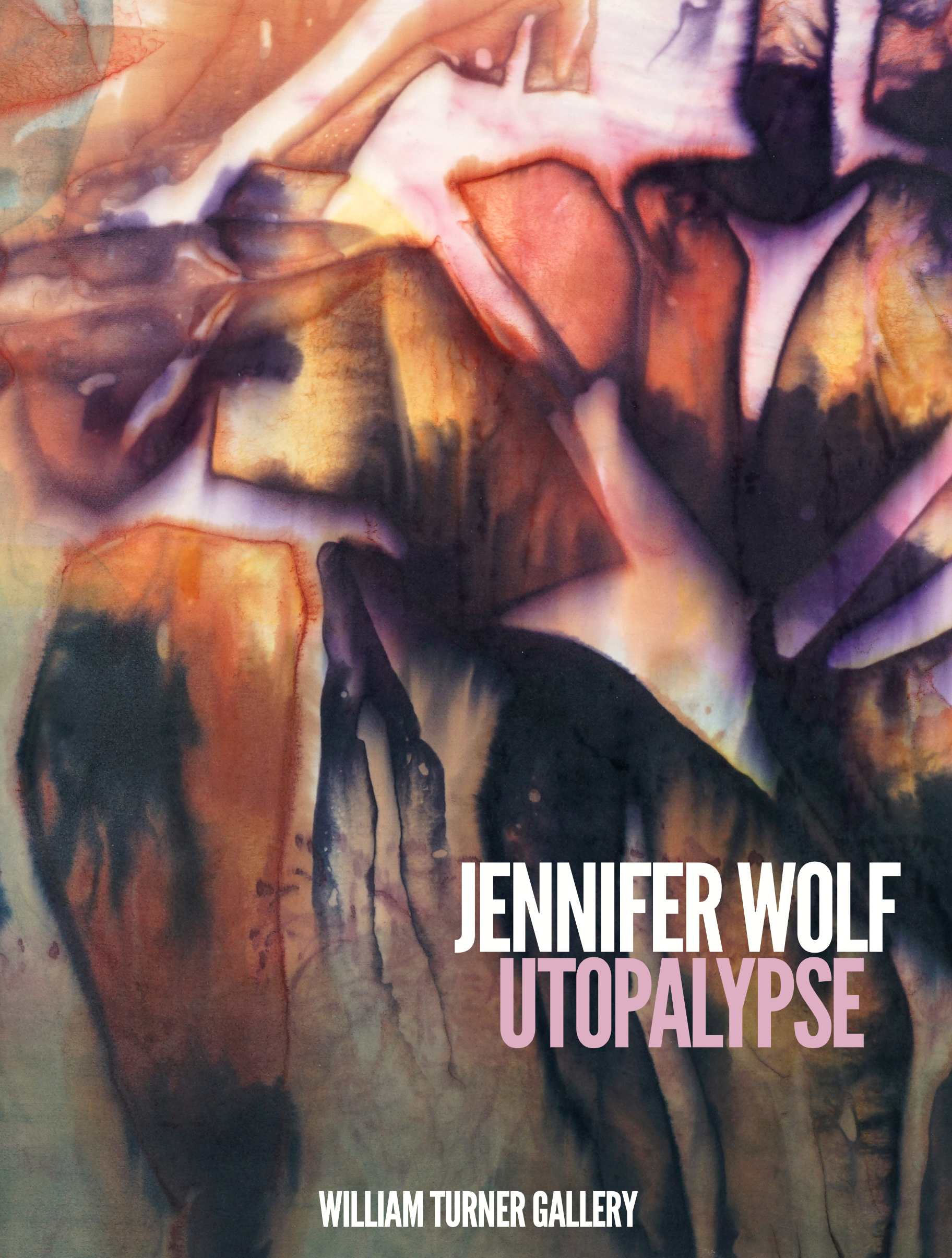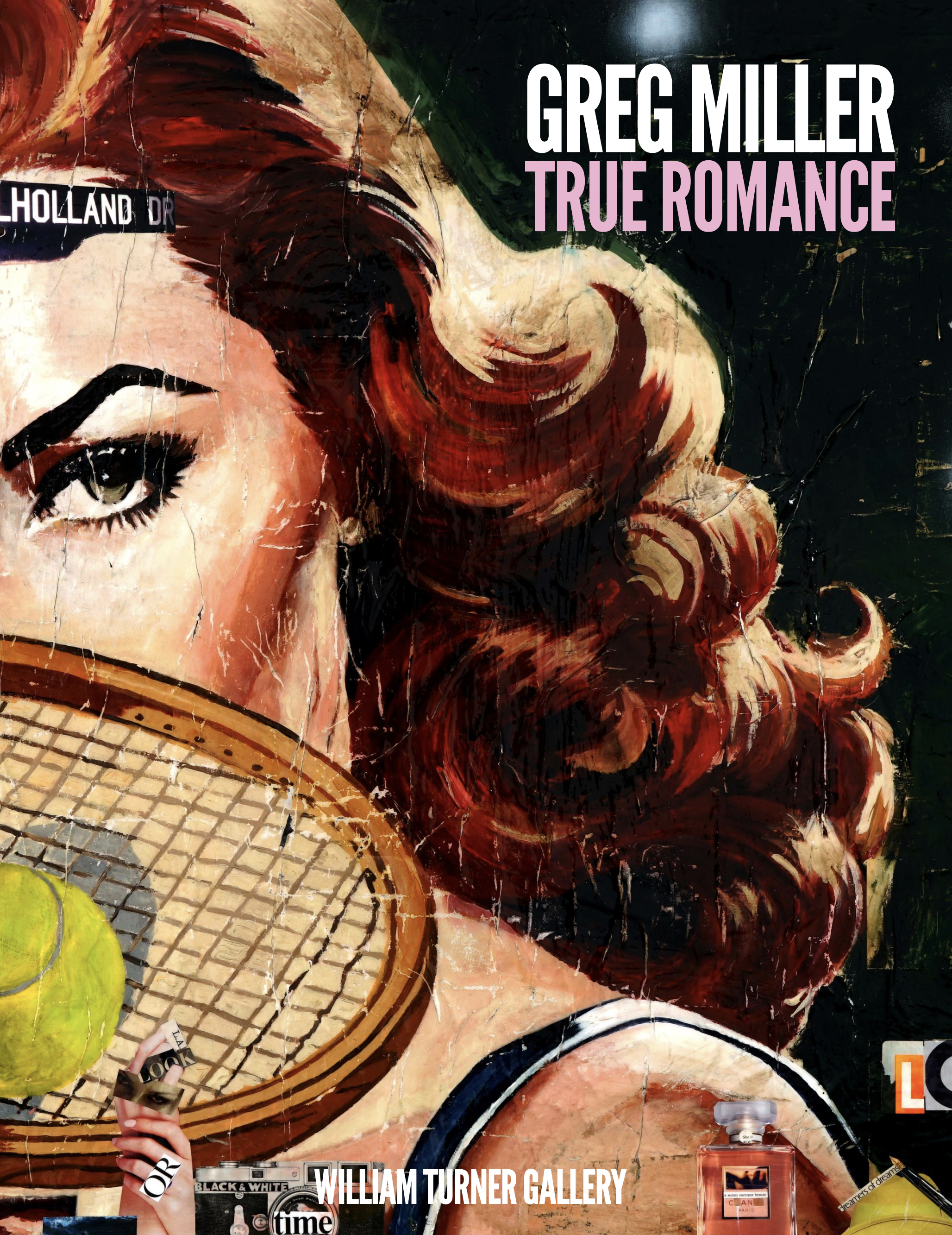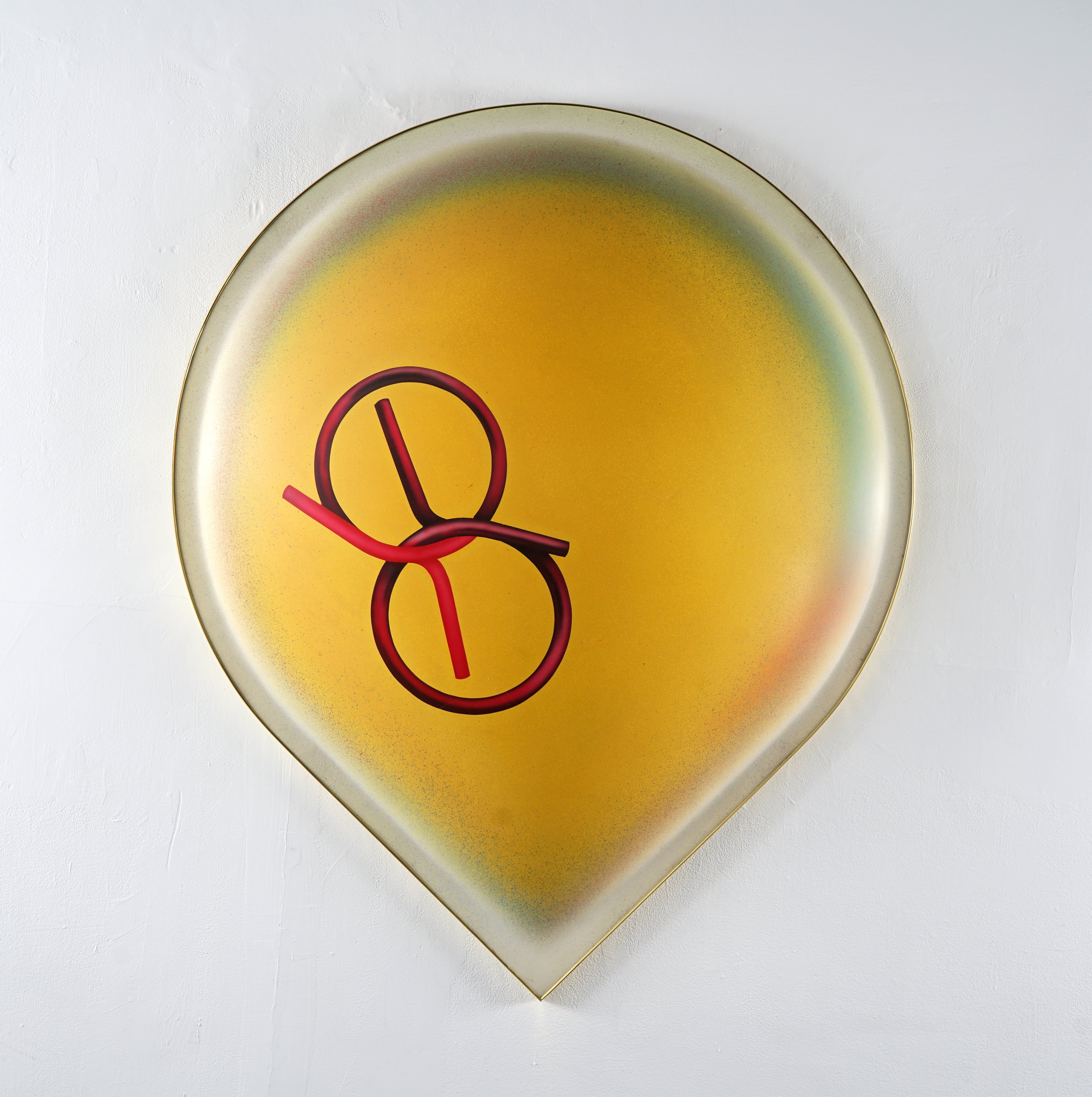Digital Exhibition Catalogs for Greg Miller: True Romance & Jennifer Wolf: Utopalypse
/William Turner Gallery currently has two solo shows on view: "Greg Miller: True Romance" and "Jennifer Wolf: Utopalypse". Jennifer Wolf’s art practice is deeply rooted in her personal connection to the Southern Californian landscape: she makes her own dyes and pigments, combining organic materials with state-of-the-art acrylic mediums. Her latest series – “Utopalypse” – consists of highly evocative abstract pieces on silk mounted on wood. Greg Miller combines layered collages of ephemera collected from the 1950’s and 1960’s with large-scale, photorealistic paintings styled after the golden age of advertising and Americana. Much like an archaeologist delving into the layers of the earth to uncover fragments of the past, Miller digs into the layers of images and text to uncover hidden clues and meanings. Both “True Romance” and “Utopalypse” are ongoing through Saturday, August 16, and digital catalogs are available to view on the William Turner Gallery website.
Jennifer Wolf holds a BA in Art History from UCLA and an MFA from Otis College of Art and Design. A lifelong California resident, she has exhibited widely and has collaborated with William Turner Gallery since her first solo show in 2004.
Greg Miller (b. 1951) was born in Sacramento, California and holds a Master of Arts Degree from San Jose University. Once a long-time Venice, California resident, he currently resides in LA, CA & Austin, Texas. His work is featured in numerous museum and private collections, including those of: the San Jose Museum of Art, Newport Harbor Museum, Crocker Museum of Art, Los Angeles County Museum of Art, Laguna Art Museum, Riverside Art Museum, Frederick R. Weisman Foundation and Charles Saatchi Foundation. Greg Miller was the first exhibition at William Turner Gallery in 1991.
























